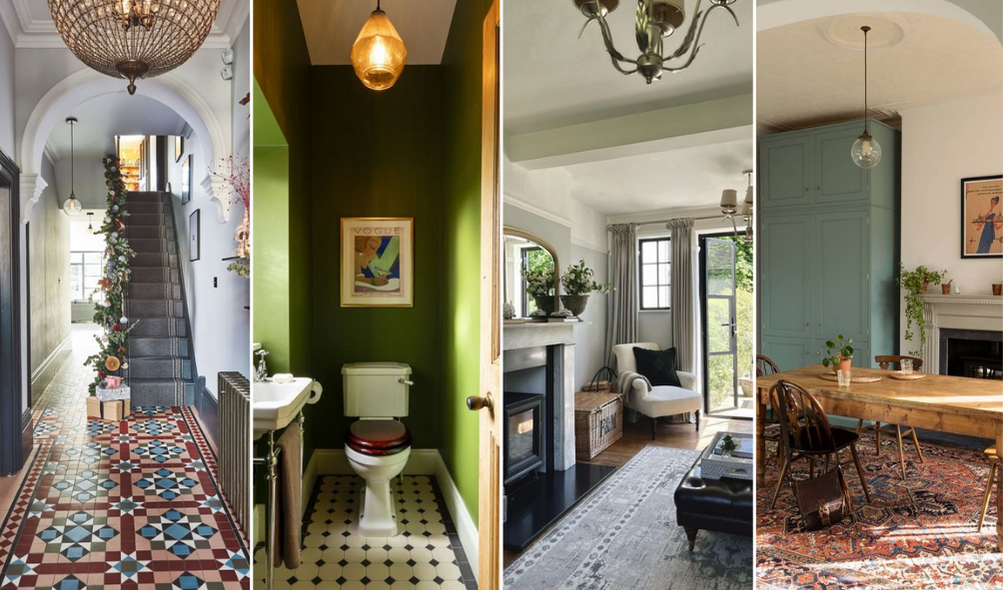
FAQ About Edwardian House Decor

Which color palettes were commonly used in Edwardian interior design?
Soft Pastels: Soft pastel shades were popular, including light blues, pale greens, soft pinks, and muted yellows. These colors created a gentle and elegant atmosphere in living spaces.
Creams and Off-Whites: Light and neutral tones, such as cream and off-white, were frequently used for walls and ceilings, contributing to the overall brightness of rooms.
Subdued Earth Tones: Soft earthy tones like pale browns, greens, and grays were common choices for creating a calming and nature-inspired ambiance.
Pale Grays: Light gray hues, ranging from almost white to soft grays, were used to add sophistication and a sense of tranquility to interiors.
Dusty Rose: A subtle, dusty rose or blush pink was a popular accent color, often incorporated through upholstery, draperies, or decorative accessories.
Olive Green: Olive green was a favored color, providing a connection to nature and complementing the Arts and Crafts movement's emphasis on natural materials.
Soft Blues: Light and soft blues, such as powder blue or sky blue, were used for a refreshing and airy feel in bedrooms and sitting rooms.
Mahogany and Rich Wood Tones: While not a paint color, the use of mahogany and other rich wood tones for furniture and trim added warmth and depth to Edwardian interiors.
Silver and Brass Accents: Metallic accents in silver and brass were used to add a touch of luxury and sophistication to the decor.
White Wainscoting: White wainscoting, often paired with a contrasting color above, was a common feature in Edwardian interiors, contributing to a sense of refinement.
